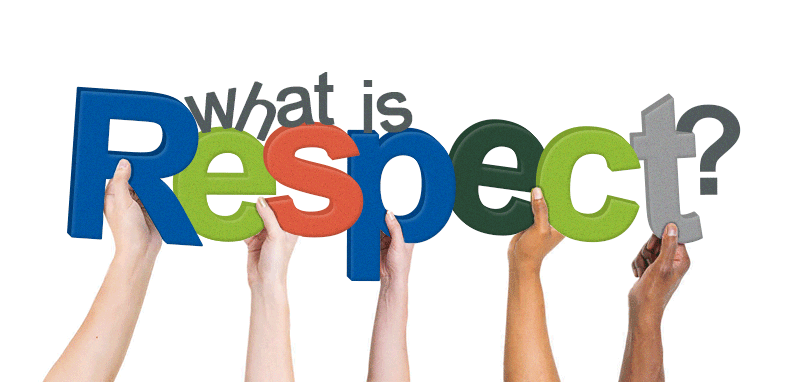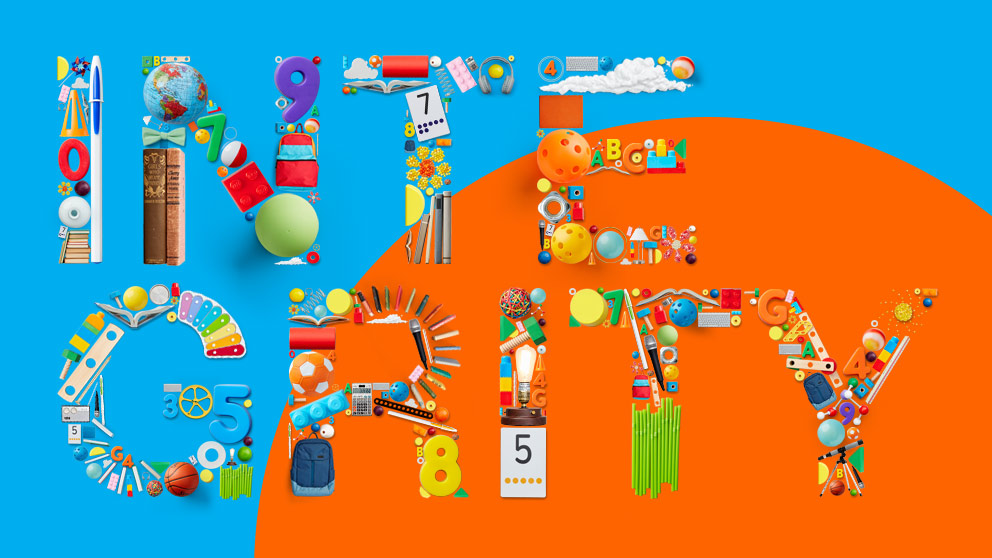Developing Courageous Kids
Amber Brandt
Amber Brandt
Articles by Amber
-
Five Important Conversations to Kick Off a New School Year
Published: Jun 25, 2024
-
Published: Jun 20, 2024
-
4 Ways to Combat the Summer (Learning) Slide
Published: Jun 11, 2024
-
First Day of School: Tips for a Smooth Start
Published: May 09, 2024
Did you know National Heritage Academies schools designate a special “moral focus” each month? We choose one virtue-driven theme and talk about it in every classroom across our entire organization. That’s loads of discussions that will ideally lead to lasting character formation. Our hope is that these conversations continue into the parking lot and follow you home to the dinner table too.
This month our moral focus is Courage. What does it look like to talk about courage with your kids? Here are a few ideas you can try.
1. Define what courage isn’t. Bravery is one of those things that looks a lot like heroism on the outside, but courage isn’t courage unless it wells up while we’re scared. Courage happens when we actively push through our fear or self-doubt. It’s doing something while we’re totally freaked out.
2. Nurture courage through healthy challenge. Trying something new can be intimidating and overwhelming, but allowing kids opportunities to do things outside of their comfort zone can help them develop greater confidence. Follow up their experience with affirmations like “See! I knew you had it in you.” or “That was really brave. How do you feel?”
3. Share your experiences. Even as adults, it can be unnerving when you feel out of your element, or in over your head. It’s okay to tell your kids about times you’ve felt nervous or intimidated. Have you ever gone against the grain or stood up for something unpopular? Have you ever taken a risk that paid off, or failed miserably? Author Brené Brown encourages us to share these stories. “Courage is a heart word… In one of its earliest forms, the word courage meant ‘To speak one’s mind by telling all one’s heart.’ Over time this definition has changed and today, we typically associate courage with heroic and brave deeds. But in my opinion, this definition fails to recognize the inner strength and level of commitment required for us to actually speak honestly and openly about who we are and about our experiences — good and bad. Speaking from our hearts is what I think of as ‘ordinary courage.'”
4. Make it personal. It’s important for kids to understand that courage comes in many different sizes and stories. Bravery can look like jumping off the high dive at swim practice, but it can also be standing up for someone everyone else is picking on. Point to courageous people from history and across ethnicities to stress how scary it can be to do something brave, but what an impact it can make. (Consider sharing the stories of Rosa Parks or Martin Luther King Jr. for Black History Month.)
5. Get active. Can you think of anything you do on a regular basis that used to completely scare you? Maybe it’s giving presentations in front of a crowd or introducing yourself to a stranger. You may still get butterflies from time to time, but those things have become easier because you’ve repeatedly practiced exercising courage. The same is true for your kids. Here are some helpful activities to help them get comfortable doing the hard (but oh-so-brave) thing.




